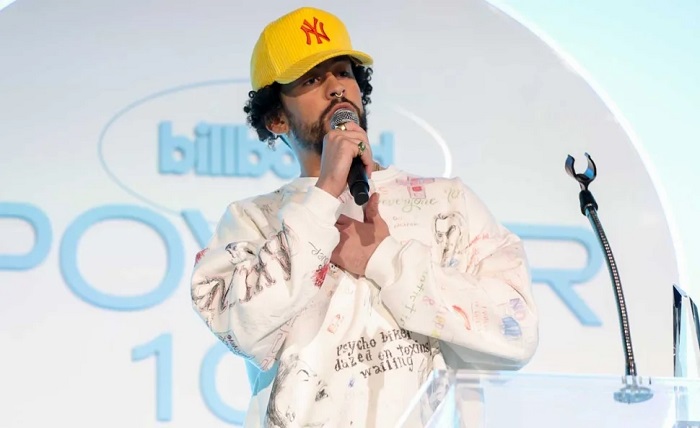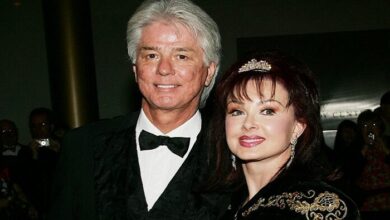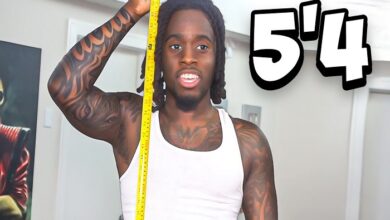Breaking Language Barriers: Bad Bunny Speaking English

Language has always been a powerful tool for communication, allowing people from different backgrounds and cultures to connect and understand each other. In the music industry, language barriers have often limited artists’ reach and impact. However, there are some exceptional individuals who possess the talent and determination to break through these limitations. One such artist is the renowned Latin trap and reggaeton sensation, Bad Bunny. In this blog post, we will explore Bad Bunny’s journey and the significance of him speaking English, shedding light on how he is reshaping the global music scene.
Bad Bunny’s Unconventional Rise to Stardom
Bad Bunny, whose real name is Benito Antonio Martínez Ocasio, emerged from the vibrant streets of Puerto Rico, where he began his musical journey. From the very beginning, he had a unique style and a strong desire to challenge the norms of the music industry. Bad Bunny’s rise to stardom was fueled by his distinctive voice, rebellious lyrics, and infectious beats. As he gained popularity, his music transcended borders, captivating audiences worldwide.
he Power of Language in Music
Music has always served as a universal language that transcends cultural and linguistic barriers. Artists who can effectively communicate in multiple languages have a distinct advantage in connecting with a broader audience. Bad Bunny recognized this power and realized the importance of speaking English to expand his fan base. By embracing the English language, he aimed to bridge the gap between Spanish-speaking and English-speaking audiences, creating a unique space for himself in the global music scene.
Bad Bunny’s Bilingual Collaborations
To demonstrate his commitment to breaking language barriers, Bad Bunny embarked on collaborations with English-speaking artists. One notable collaboration was with Canadian singer Drake, resulting in the hit single “Mia.” The song seamlessly blended Spanish and English lyrics, creating an irresistible crossover appeal. This collaboration not only showcased Bad Bunny’s versatility but also introduced him to a whole new set of fans who were unfamiliar with Spanish-language music.
Expanding Cultural Exchange
Bad Bunny’s decision to incorporate English into his music represents more than just a strategic move to expand his reach. It also reflects a broader cultural exchange between Latin music and the English-speaking world. By embracing the English language, Bad Bunny allows non-Spanish speakers to appreciate and enjoy the richness and diversity of Latin music. This exchange promotes understanding, appreciation, and unity among different cultures, fostering a sense of global connectivity.
Breaking Stereotypes and Empowering Others
Bad Bunny’s journey of speaking English serves as an inspiration to aspiring artists who may feel limited by language barriers. His success challenges the notion that artists must conform to industry standards, proving that authenticity and staying true to oneself can yield remarkable results. Bad Bunny’s ability to navigate between languages and cultures empowers other artists to embrace their own unique identities and express themselves fearlessly.
Conclusion:
Bad Bunny’s decision to speak English in his music has had a profound impact on the global music industry. By breaking language barriers, he has expanded his fan base, created cultural exchanges, and empowered aspiring artists worldwide. His bilingual approach reflects the ever-increasing importance of linguistic diversity in today’s interconnected world. As Bad Bunny continues to push boundaries and redefine the norms, his journey stands as a testament to the power of music and the ability of language to unite people from all walks of life.





